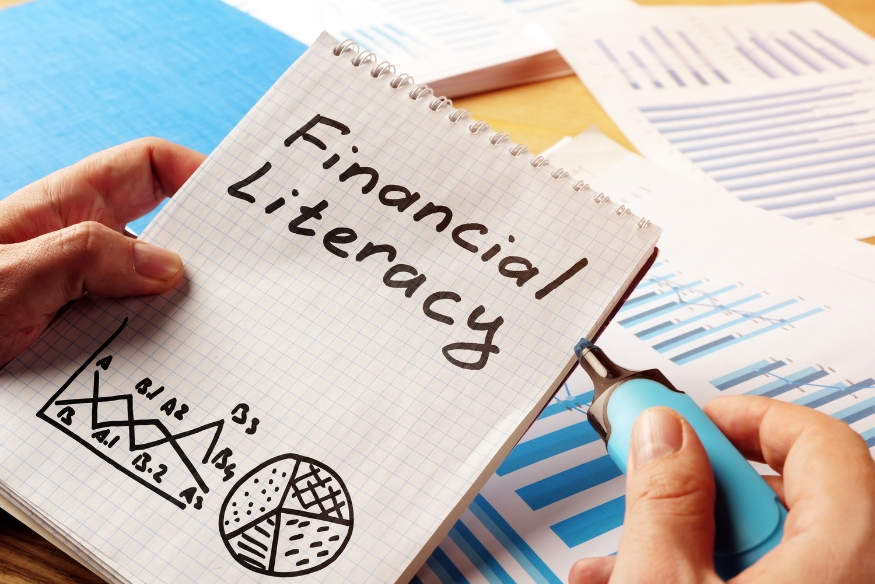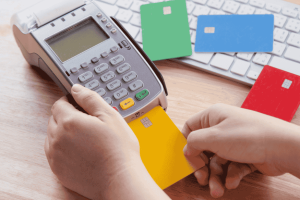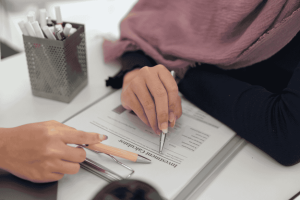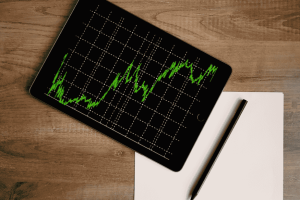Imagine a world where everyone, regardless of their income or location, has access to safe, affordable financial services. In Asia, this vision is becoming a reality—thanks in large part to the evolving role of banks. If you’ve ever wondered how banks help bridge the gap between the “banked” and the “unbanked,” or how financial inclusion can change lives, this article is for you.
Let’s explore how banks are driving financial inclusion across Asia, why it matters for you and your community, and what the future holds for accessible banking.
What Is Financial Inclusion—and Why Does It Matter?

Financial inclusion means ensuring that individuals and businesses have access to useful and affordable financial products and services—like savings accounts, credit, insurance, and payments—delivered in a responsible and sustainable way.
Why is this important?
- Empowers individuals: Gives people the tools to save, invest, and manage risks.
- Boosts economic growth: When more people participate in the financial system, economies grow stronger.
- Reduces poverty: Access to financial services helps families weather emergencies and plan for the future.
- Promotes equality: Financial inclusion narrows the gap between urban and rural, rich and poor.
The Challenge: Why Are So Many Still Excluded?
Despite rapid economic growth, millions across Asia still lack access to basic banking services. Barriers include:
- Geographic isolation: Rural communities are often far from bank branches.
- Lack of documentation: Many people lack the ID required to open accounts.
- Low financial literacy: Not everyone understands how banking works.
- Income instability: Irregular earnings make it hard to meet minimum balance requirements.
- Cultural and language barriers: Services aren’t always tailored to local needs.
How Banks Are Making a Difference
Banks are at the heart of the financial inclusion movement. Here’s how they’re expanding access and creating opportunities:
1. Expanding Digital Banking and Mobile Services
Mobile banking has revolutionized access to financial services. With a smartphone, people can open accounts, transfer money, pay bills, and even access loans—no matter where they live.
- Mobile wallets and apps allow users to save, spend, and send money with just a few taps.
- Agent banking brings services to remote areas through local shops or representatives.
Did you know? In some Asian countries, mobile money accounts now outnumber traditional bank accounts!
2. Offering No-Frills and Low-Cost Accounts
To attract underserved populations, banks are launching basic accounts with:
- No minimum balance: Removing this requirement allows people with irregular or low incomes to open accounts without worrying about maintaining a certain amount of money.
- Low or zero fees: By minimizing or eliminating fees for deposits, withdrawals, and account maintenance, banks make it more affordable for low-income individuals to use financial services regularly.
- Simple documentation requirements: These accounts often require less paperwork, making it easier for people who lack formal identification or extensive documentation to access banking services.
These accounts make it easier for low-income individuals to start saving and managing money safely, helping them build financial habits and security over time.
3. Partnering with Fintech and Non-Bank Players
Collaboration is key. Banks are teaming up with fintech companies, telecom providers, and NGOs to:
- Develop innovative products (like microloans and micro-insurance): Combining the agility and technology expertise of fintechs with the reach of banks enables the creation of tailored products that meet the needs of underserved customers.
- Reach customers in new ways (via apps, SMS, or local agents): These partnerships allow banks to expand their footprint beyond traditional branches by leveraging digital channels and local networks, making financial services more accessible in remote or underserved areas.
- Share data and insights to better serve diverse communities: Collaboration enables the pooling of customer data and market knowledge, improving product design and customer experience for a wider variety of users.
Through these partnerships, banks can innovate faster and broaden their impact on financial inclusion.
4. Promoting Financial Literacy

Banks are actively investing in financial education by offering workshops, online resources, and community outreach initiatives to help people better understand key topics, including:
- The importance of saving and budgeting
- How to avoid scams and make informed financial decisions
These efforts empower individuals to build stronger financial habits and increase their confidence in managing money.
Supporting Small Businesses and Entrepreneurs
Access to credit can be a game-changer for small businesses. To support entrepreneurs, banks are:
- Providing microloans and flexible credit products tailored to their needs
- Offering business training and advisory services to foster growth
- Creating platforms for digital payments and e-commerce, helping businesses expand their reach
By combining financial support with educational resources and technology, banks help small businesses thrive in an increasingly digital economy.
Real-Life Impact: Stories of Change
Meet Amina, a street vendor:
Before opening a basic savings account through a mobile banking agent, Amina kept her earnings in cash—making her vulnerable to theft and unable to save for emergencies. Now, she can save securely, access small loans, and even pay suppliers digitally.
Meet Ravi, a small farmer:
With access to a microloan from a local bank, Ravi invested in better seeds and equipment. His harvest improved, and he now sells his produce through digital marketplaces, reaching more customers than ever before.
The Role of Technology: Breaking Down Barriers
Technology is proving to be a powerful equalizer in advancing financial inclusion. Key innovations include:
Chatbots and multilingual apps: These tools make banking services more accessible to people who speak different languages or have limited literacy, improving user experience and engagement.
Biometric ID systems: These enable individuals without traditional identification documents to open bank accounts using fingerprint scans or facial recognition, broadening access for underserved populations.
AI-powered credit scoring: By analyzing alternative data such as mobile phone usage or utility payment histories, banks can better assess creditworthiness, especially for people with limited credit histories.
Challenges Banks Still Face
While progress is impressive, there’s more work to do. Banks must address:
- Cybersecurity risks: As digital banking grows, so do threats from hackers and fraudsters.
- Trust issues: Some communities are wary of formal banking due to past negative experiences.
- Infrastructure gaps: Not all areas have reliable internet or mobile coverage.
- Regulatory hurdles: Navigating different rules and requirements across regions can be complex.
How You Can Benefit from Financial Inclusion
If you haven’t yet explored digital banking or innovative financial products, now is an excellent time to start. Financial inclusion opens doors to safer, more convenient, and affordable services designed to fit your needs. Here’s how you can take full advantage:
- Open a digital or basic savings account: Gain secure and easy access to your funds anytime, anywhere—no need to visit a bank branch. These accounts often have low or no fees, making saving more accessible.
- Use mobile wallets for payments and transfers: Mobile wallets allow you to pay bills, send money to family or friends, and shop online quickly and safely, reducing reliance on cash.
- Explore microloans or micro-insurance products: These small-scale financial tools can help you protect your family from unexpected expenses or provide capital to start or expand a business.
- Participate in financial literacy programs: Take advantage of workshops, online courses, and community initiatives to improve your understanding of managing money, budgeting, and avoiding scams. Increasing your financial knowledge boosts your confidence and empowers you to make smarter decisions.
Conclusion: Banks as Catalysts for a More Inclusive Future

Banks are more than just places to store money—they’re engines of opportunity and inclusion. By embracing technology, simplifying products, and reaching out to underserved communities, banks are helping millions across Asia take their first steps toward financial security and independence.
Are you ready to join the movement? Explore the inclusive banking options available to you, and encourage friends and family to do the same. Financial inclusion isn’t just a policy—it’s a pathway to a brighter, more equitable future for everyone.
If you found this article helpful, share it with others and let’s build a more financially inclusive Asia—together! And if you have your own story or tips about accessing banking services, leave a comment below. Your experience could inspire someone else to take their first step toward financial empowerment.









